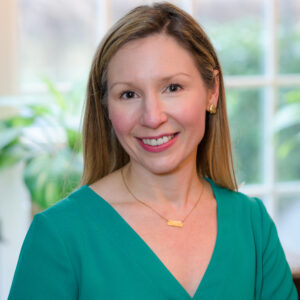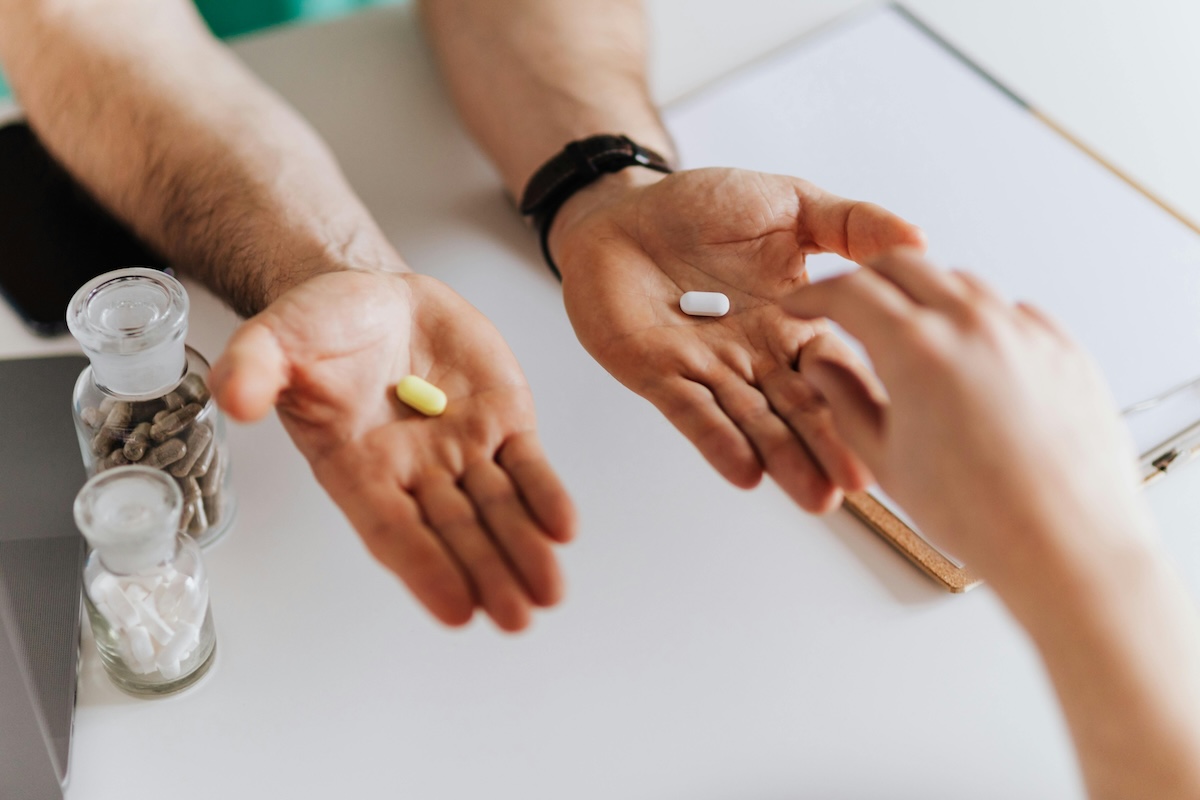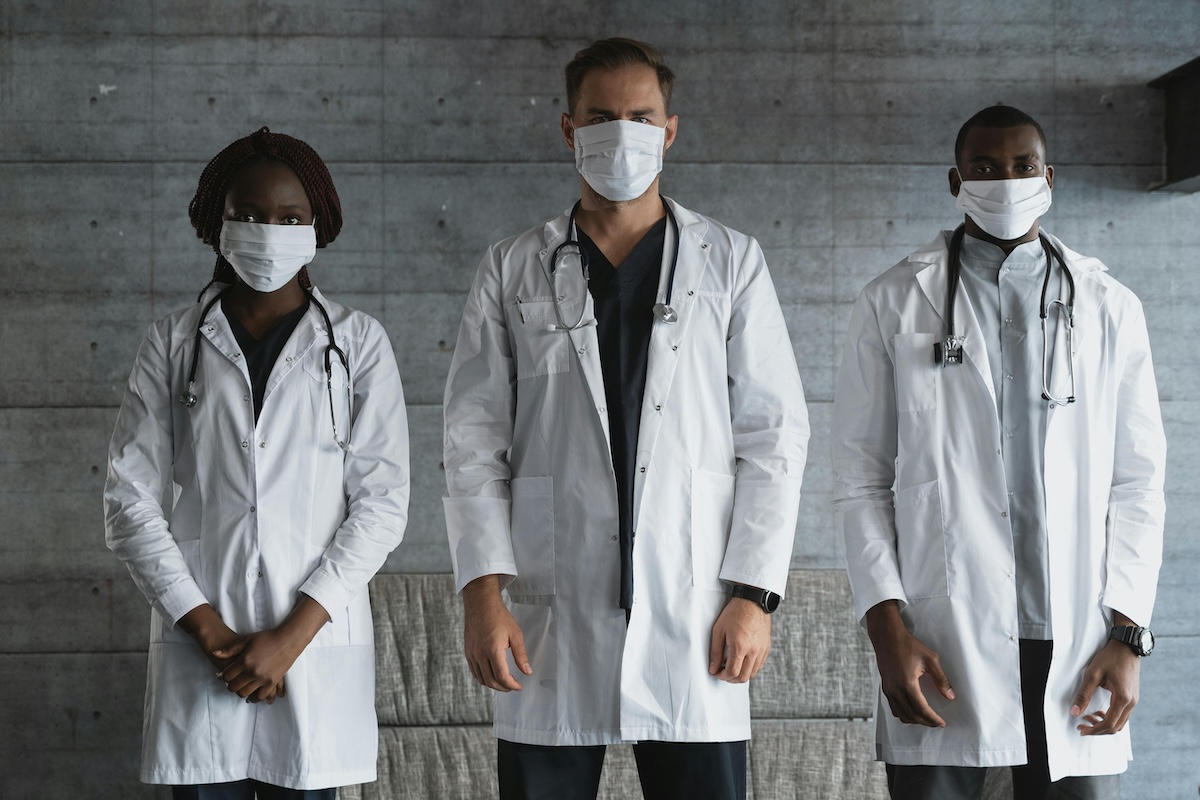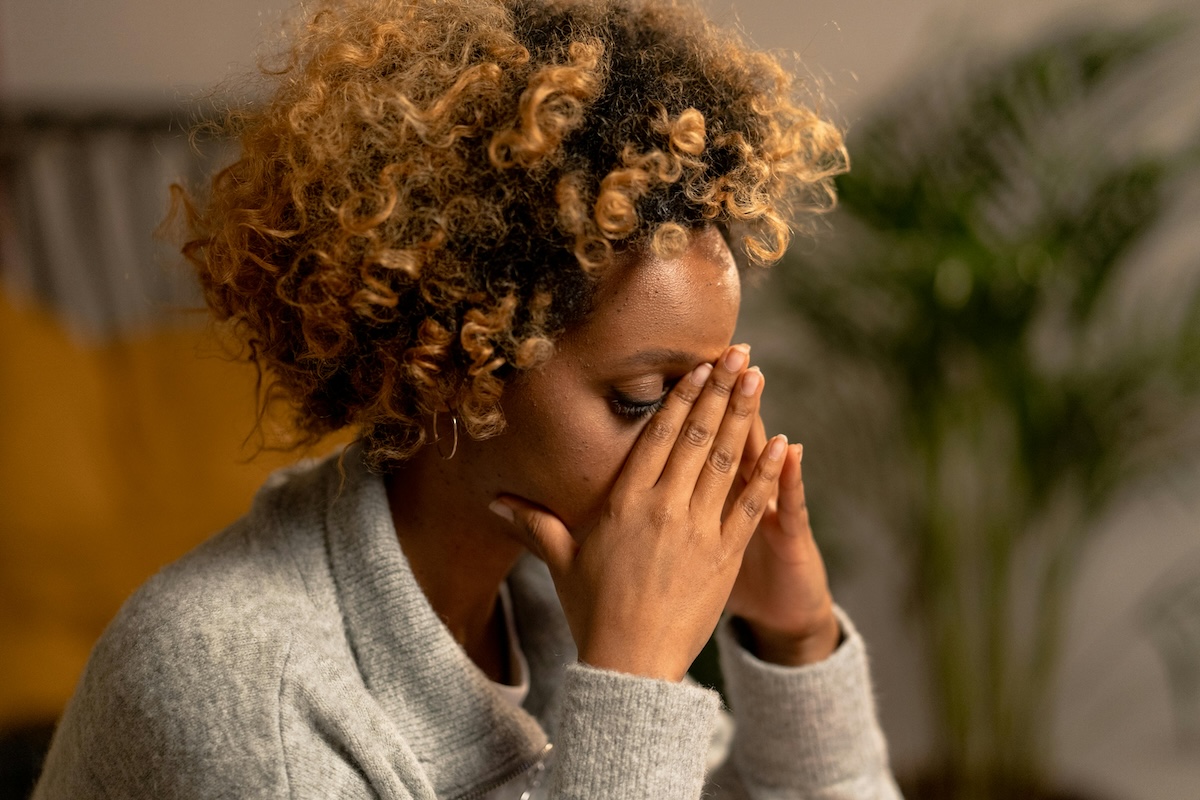I am 65, and it has been 15 years since my last period. Is it too late to start HRT?
—Kathy
For many years after the Women’s Health Initiative study was published, medical society guidelines and doctors not only recommended against starting hormone replacement therapy (HRT) more than 10 years after menopause but also recommended stopping HRT after about five years of use and definitely by age 65. Our concern was based on the data from the Women’s Health Initiative that showed that older women taking combination HRT were at increased risk for heart disease and breast cancer.
Recently, there has been a little bit of a shift in this thinking. We know that some women still have vasomotor symptoms (VMS), such as hot flushes and night sweats, as many as 12 years after menopause and that estrogen is the most effective treatment we have for VMS. If a woman is still symptomatic, do the risks of HRT after 65 really outweigh the benefits?
A recent study looked at 10 million Medicare records for women ages 65 and over. The authors compared women who were taking HRT with those who were not. Taking estrogen only after age 65 was associated with a decreased risk of mortality, breast cancer, lung cancer, various types of cardiovascular disease, and dementia.
Women who have a uterus — that is, most of us — should take estrogen and progesterone. Taking estrogen and progesterone was associated with an increased risk of breast cancer but with reductions in ovarian cancer and heart disease.
The authors do note that, while the women they studied were over age 65, they likely started HRT early. This would support the timing hypothesis, the idea that when you start HRT is a critical factor in whether HRT reduces or increases your risk for disease like dementia and heart disease.
If you start HRT within 10 years of menopause, continuing beyond age 65 is not only safe but may be beneficial. Conversely, if you start HRT more than 10 years after menopause, you would not get these benefits, and in fact HRT may increase your risk for some diseases.
If you are having symptoms such as hot flushes and night sweats, you could consider starting HRT even at age 65. Outside of treating VMS, there is no clear benefit to starting HRT more than 10 years after menopause.
















Log in